

Have you ever been to one of those glass blowing studios where you can blow your own glass ornament? If so, you know a little bit about how our Spanish Glass products are made.
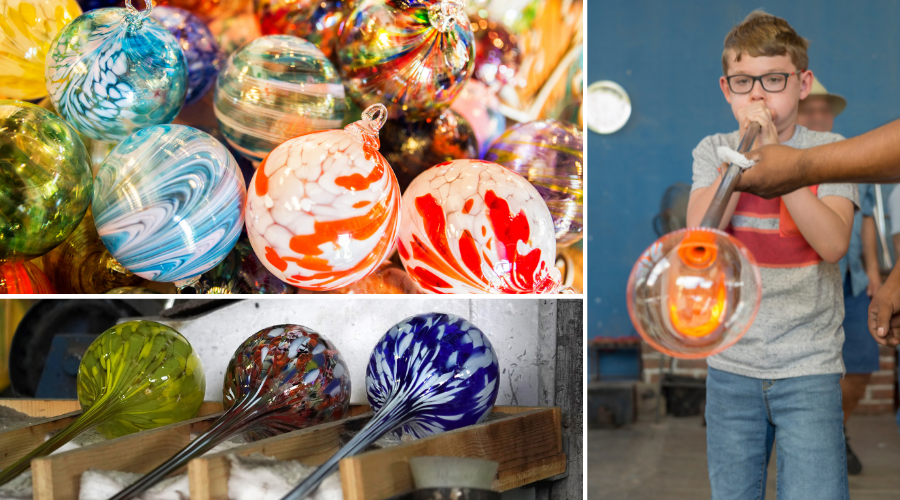
The reason we call it Spanish Glass is because it is made in San Miguel, Valencia, Spain. Valencia is a bustling metropolis full of historical buildings and Art Nouveau architecture. Valencia is also the birthplace of the paella, a simmering rice dish with chicken or seafood, filled with rich flavors our buyers rave about.
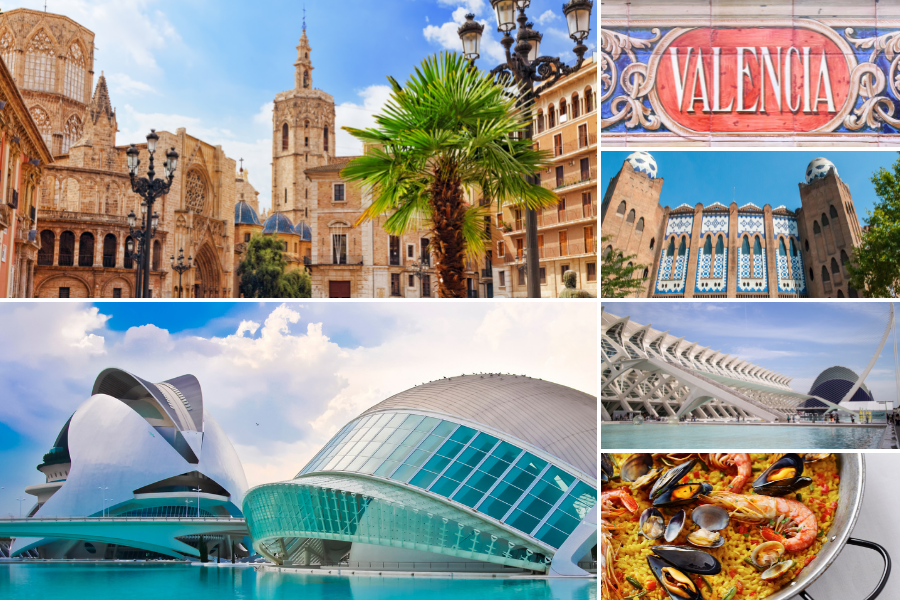
Our buyers always try to visit Valencia during the Falles, a spectacular 5-day festival they describe as a continuous street party, filled with music, fireworks and food. Daily parades include people wearing regional and historical costumes from different eras of Valencia's history and very elaborate and colorful floats with over-the-top and mostly comical characters called ninots. The festival climaxes with the burning of the ninots and floats in celebration of Saint Joseph, the patron saint of carpenters.
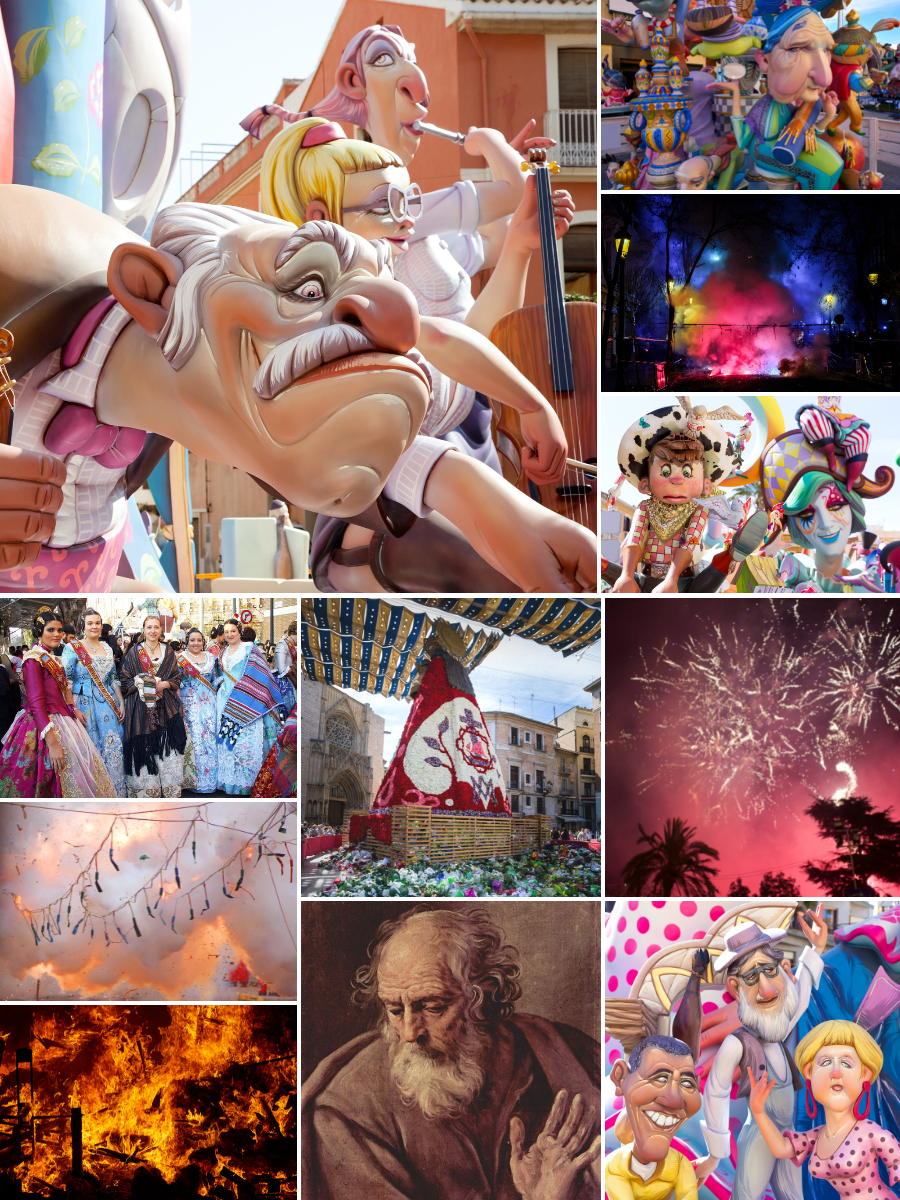
The people of Spain are also very eco-conscious and they know every small gesture makes a difference to the environment. Our Spanish Glass is all handmade from 100% recycled glass using a combination of molds and mouth blowing techniques.

The glass is sourced from glass containers which are carefully selected and treated before being recycled, they are then crushed and melted, and handmade into new artful pieces of glass. The recycling process of glass is a perfect circle of sustainability. Glass can be recycled repeatedly without any reduction in quality or purity.
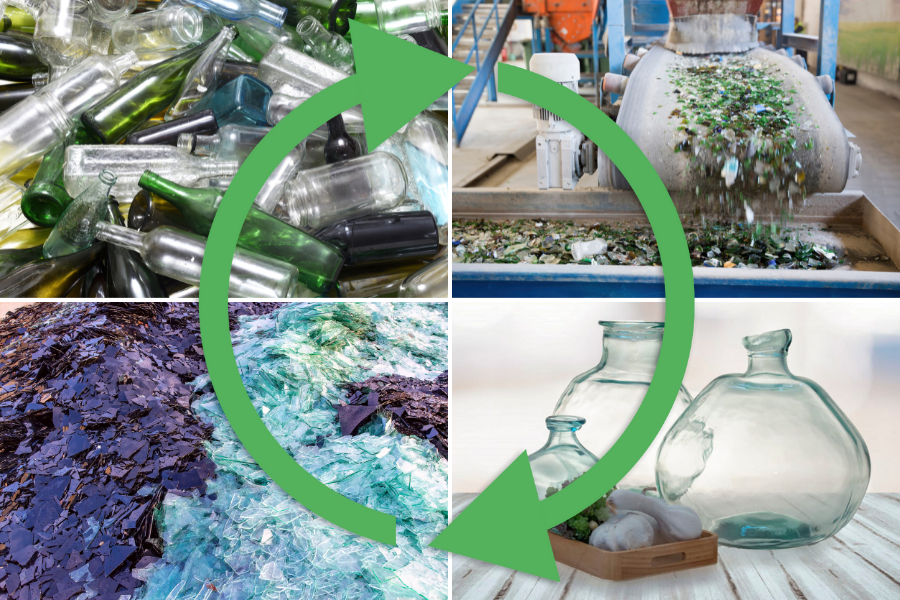
Recycling not only reduces greenhouse gas emissions, it reduces the amount of glass that ends up in landfills, and dramatically minimizes the extraction of sand and raw materials. Over a ton of natural resources are saved for every ton of glass recycled, and one ton of carbon dioxide is reduced for every six tons of recycled glass. The plant in Valencia Spain where our glassware is made produces up to 100 tons of recycled glass a day.
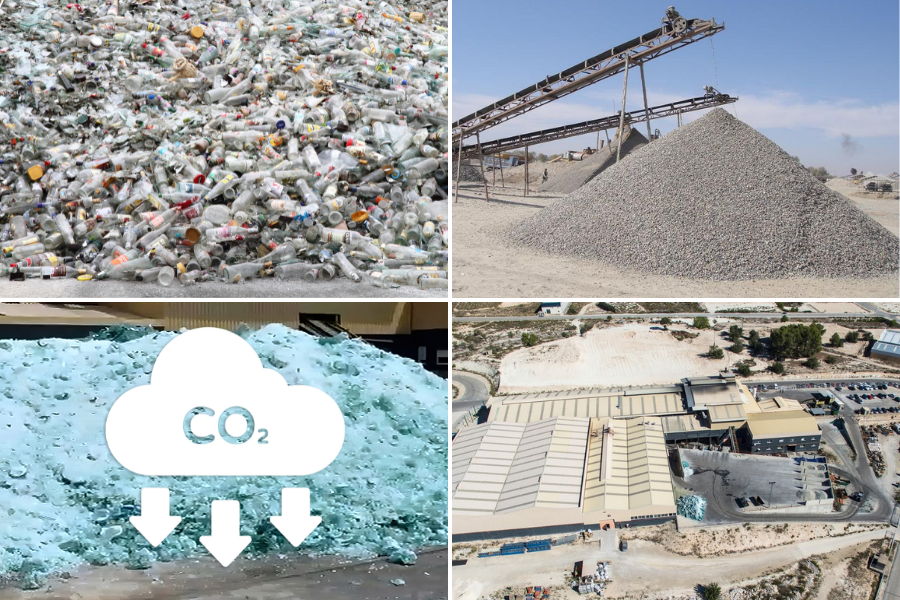
Since a lower temperature is needed to melt recycled glass, a lot of energy is also saved in the process of recycling the glass. By recycling 3 bottles, the amount of energy saved is enough to:
If you haven’t noticed, we’re all about recycling and using recycled materials whenever possible.
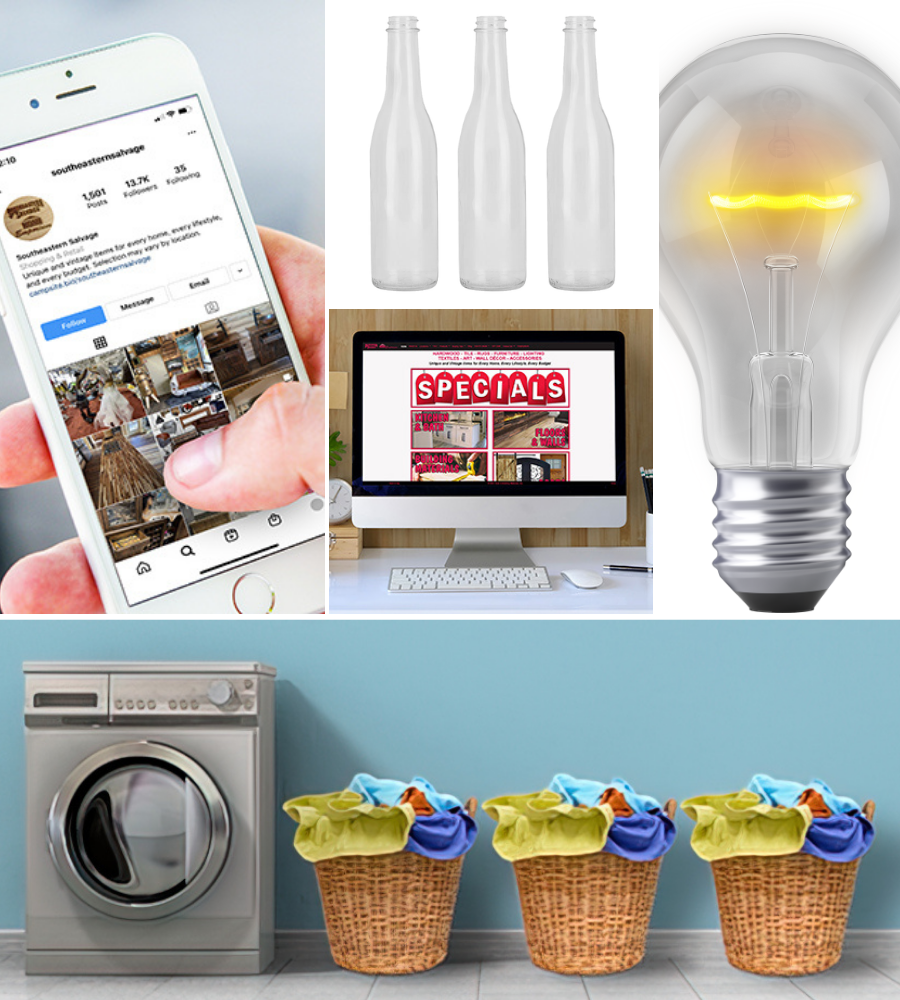
So, what about this glass blowing? If you’ve never been to a glass blowing studio, look one up in your area and make an appointment. It’s such an amazingly cool experience.

Did you know that glass is made of plain, normal sand? Its chemical composition is Silicon Dioxide, also known as Silica, and it is one of the most common minerals on earth.

For thousands of years we’ve turned ordinary sand into glass for both decorative and functional purposes. Ancient Egyptians used colored glass for decoration, often as beads, but it was the Syrians who figured out how to shape glass vessels by blowing air into it. The technique has remained basically the same to the present day.

Glass is placed in a furnace that heats it to a temperature of 2,000 degrees and melts it to the consistency of molasses. A blowpipe is inserted into the furnace and rolled over the molten glass until a “gob” of glass attaches to it. The molten glass is then rolled on a flat metal slab called a marver. The marver helps control the shape and temperature of the glass.
Throughout the process, the glass is taken back and forth from the marver to the glory hole, a hot chamber used to reheat the glass in order to make it malleable again.

Color can be added to the glass by dipping it in crushed colored glass, which fuses to the molten glass almost immediately due to the hot temperature. It is rolled again on the marver and goes back in the glory hole. Throughout the process, the glass needs to be continuously taken to the glory hole to be reheated because it cools very quickly.

To give the glass its final shape and size, the blowpipe is placed on a steel stand and the glass artist blows into the blowpipe while rotating it at the same time.

Removing the glass from the blowpipe can be a tricky process and can often result in broken glass. Steel tweezers called jacks are used to separate the bottom part of the blown glass while rotating the blowpipe. If all goes right, with one solid tap, the glass is removed from the blowpipe.

The blown glass is taken to an annealing oven where the glass is allowed to cool slowly. The cooling process can last anywhere between several hours to overnight, depending on the thickness of the glass. This keeps it from being exposed to rapid temperature changes and prevents it from cracking as it cools.

This is a very simplified version of glass blowing. Our artisans in Spain use a variety of tools and techniques to shape, stretch, mold, and create all the beautiful glassware we sell.
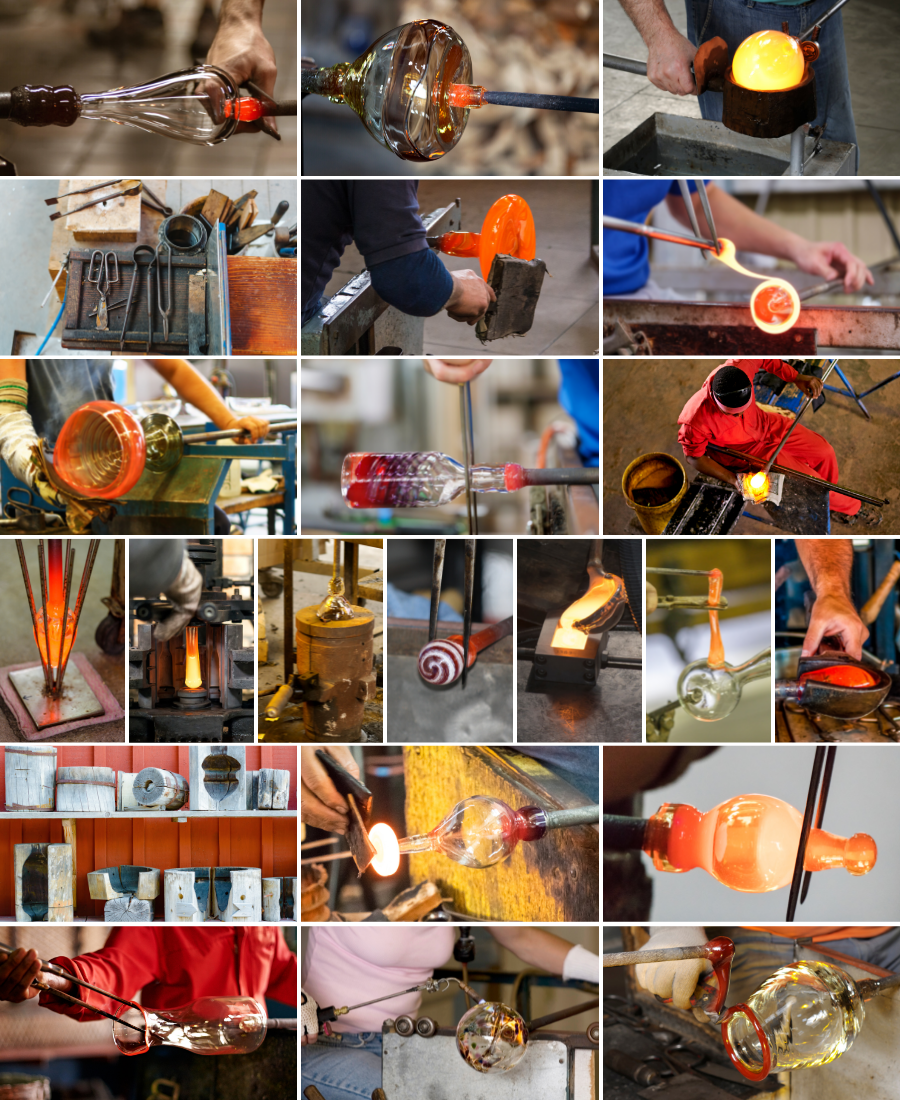
If you want to see more, here’s a video of them at work.
And if you want to show us how you’ve displayed your Spanish Glass, post your on Instagram at @southeasternsalvage or on Twitter at @SESHomeEmporium
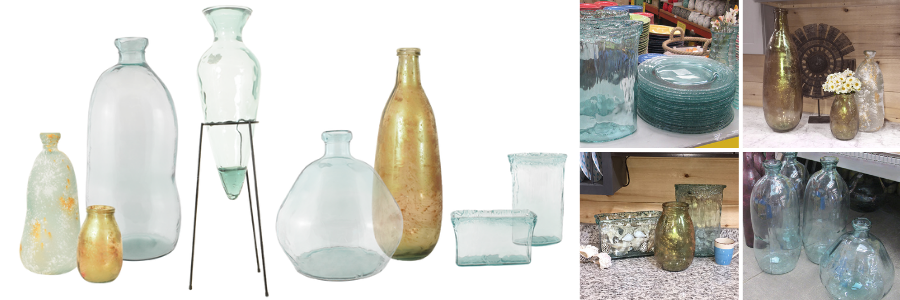
-All- -Get the Look- -Style- - How It's Made- -Lifestyle- -Holiday-
This website is designed to give customers a general idea of the type of products we sell.
Products, Styles, Colors, and Prices may vary by store. Prices subject to change without notice.
If you are looking for something specific, please confirm availability and price with the store.